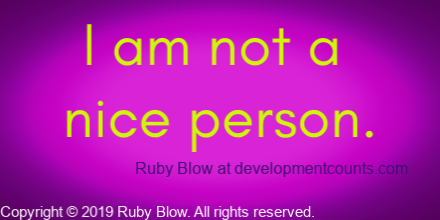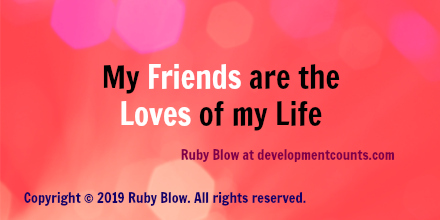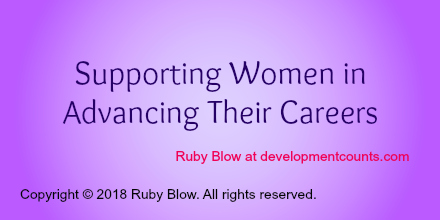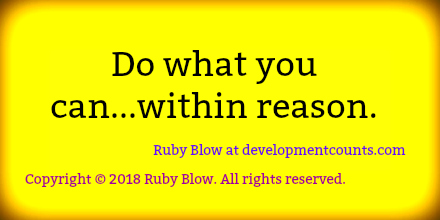Fright
Most clinicians, if not all of us, know and have been taught about flight, fight or freeze. We are aware of its application to anxiety, trauma and our innate survival response cycle. I was invited recently to train a group of people on collective (ancestral/generational) trauma and recent results in the study of epigenetics, which is how our genes transform and develop based on traumatic events our ancestors have endured. Lately, there have been specific studies about second and third generation survivors of the Jewish Holocaust. That research showed that the descendants have genetic markers that make them more vulnerable to PTSD.
It is clear to me that this research has far reaching implications for the descendants of those who have been individually and collectively traumatized from various traumas and atrocities. We also know that trauma and threat – or perceived threat – come into effect when people feel threatened by information and ideas that endanger their worldview and/or their perceived safety.
Close to Home
I experienced this first hand last week when one of my blog readers sent me not one but two berating emails. It appeared that he felt threatened/offended by the topic “Why are White Men in America Killing People en Masse?” He tried to engage me in a fight by both threatening my professional reputation and becoming argumentative with me and then further escalating when I did not become alarmed with him.
Additionally, he used the tactic of flight by unsubscribing from my e-mail list; which I fully support for anyone who feels uncomfortable with me sharing my perspective. As I shared with him, I don’t expect everyone to feel comfortable with the question I posed. However, as an educator, therapist, colleague and human being, I am very grateful for my right to free expression. Something that generations of my ancestors up until and through Jim Crow and the Civil Rights movement were not fully afforded without the threat of lynching. Free speech does not mean “free from consequence”, for me or anyone, as we all see is being played out in our national discourse for various people.
Back to Fight or Flight?
Our limbic midbrain gets triggered amygdala and that sets in motion various autonomic responses. The amygdala is the emotion center of the brain. It prepares us to gain and maintain safety. All of our other body processes slow down or stop completely. That includes the digestive system, the immune system, and our ability to remain rationally oriented (i.e. our presence of mind), just to name a few. This is a good reason to hold off on knee jerk responses whenever we are upset or feel threatened, unless by a real physical threat.
When we perceive or experience a threat, our blood flow and hormones increase rapidly. Preparing our bodies to carry out whatever actions are necessary to respond to the threat and to find a place of safety – first physical safety, then psychological and emotional safety — which is a much lengthier process.
In modern life, when we often describe ourselves as feeling “stressed.” We experience a different version of “fight-or-flight” — more like “resist-or-evade.” This process is a lot slower, but just as impactful. We can stay in resist or evade for hours, days, or years. Imagine the damage to our digestive system and immune system. Remember that the seat of our immunity is in our digestive track. It is no coincidence that people complain of upset stomach when they are anxious. It is also where the majority of our neurotransmitters are found.
What about your Friends/Community?
Stephen Porges brought important findings to light in his study of the vagus nerve in The Polyvagal Theory: Neurophysiological Foundations of Emotions, Attachment, Communication, and Self-Regulation.
He found that one branch of the nerve handles both priming (fight or flight) and shut-downs (freeze). The other branch of the vagus nerve facilitates direct interfacing with faces, eyes, and voices. After all:
- we are social beings;
- we are collective organisms,
- and even as we prepare to “fight-or-flee”, we are also looking for other humans to stand with us.
So what happens to us if these other humans are family and they are also traumatized? What happens if they can’t support us because they are frozen or have forgotten? The dissociation we see in traumatized people serves the function of self protection.
If whole families and even communities are traumatized, aren’t we going to see more difficulty coping with stress and higher rates of PTSD? We see this occurrence in survivors of sexual abuse and rape. We often find in these cases mothers and/or fathers who were themselves abused/assaulted and so on. Multiple generations of traumatized people are not only environmentally but also socially passing down trauma. And now we explore genetically the predisposition to PTSD itself…the recovery from adverse events.
Freeze
So what happens when there are no friends to help and fight or flight didn’t work or wasn’t possible? We go into freeze which is a move toward a complete autonomic nervous system shutdown. Blood moves inward from the muscles so we no longer have the means to fight or flee. Next we are flooded with endorphins that numb pain. Our bodies do everything possible to contain damage to as few areas as possible.
The shift from over stimulation to paralysis is a huge jolt. The priming/preparing stage leaves us with an overflow. We are now locked in/frozen, yet the cortisol and adrenaline etc… are still lingering across our entire system that we are also now disconnected from.
We know that individual trauma or single traumatic events are often presented for repair or reintegration later in life. It is being suggested that the traumatic effects of unaddressed ancestral trauma can show up across generations.
The freeze part of the cycle can be repeated again and again in modern life. This can be seen when people are in states of chronic stress and distress. Some people minimize their traumatic experiences because the process of freezing creates a series of disconnects or emergency shut-downs. This leads to the last stage which is a form of forgetting.
Forget
When we experience traumatic events or events that threaten or lives physically and/or psychologically, individuals and families have to start coping again. We all have to get on with the business of life and often as fast as possible. The affected person or persons may be limping at first. But something hugely impactful has occurred and our brain is trying to make sense of it. Our brain automatically begins to link events together in our limbic system.
The limbic system includes the amygdala, hippocampus, thalamus, hypothalamus, basal ganglia, and cingulate gyrus. The hippocampus has an important role as we form new memories about past experiences. Dan Siegel explains in his book Mindsight: The Science of Personal Transformation. The “left brain” (which forms biographical memories of what is over and in the past) shuts down and does not receive input during either a traumatic episode or a real and/or perceived loss of safety.
However, memories of the threat exist, albeit unprocessed in the “right brain.” When similar events trigger them, our conscious selves start to relive the past traumatic experience. Of course, parts of these experiences never fully register as being over or having passed. The threat or perceived threat may be real and ongoing.
So the whole fright, fight or flight, friends, freeze, forget process starts over again. We can find ourselves responding/reacting whether we are over- or under-reacting to these perceived threats.
Perhaps it is my own ancestral traumatic roots that inform my perspectives as they would anyone with roots in the African diaspora. Just as others would in the Jewish diaspora. I contend that all of us experience various versions of this collective trauma. It helps to explain why so much of our history is trivialized by some or even “unspoken” or seemingly “unknown.” The implication and statements are “shut up about this or that…it all happened so long ago.” Just as trauma can disconnect individuals from what happened, it seems to me that we can also see this in larger inter-cultural traumas. There is a disconnect in the ancestral system – a massive disconnect as to what really happened in our “family story.” In the same manner that individuals cut themselves off from memories, the memories become unconscious and drive our emotions and behavior.
Like the conversation I began last week…what do we know? Or what do we remember and what do we connect? What are we willing to explore and understand? About what are we are we willing to speak? To listen? And from what are we willing to learn?
Copyright © 2017 Ruby Blow. All rights reserved.
Share your thoughts on Linkedin, Facebook, Twitter or log in to one of your accounts below to comment. Subscribe to my YouTube channel.





